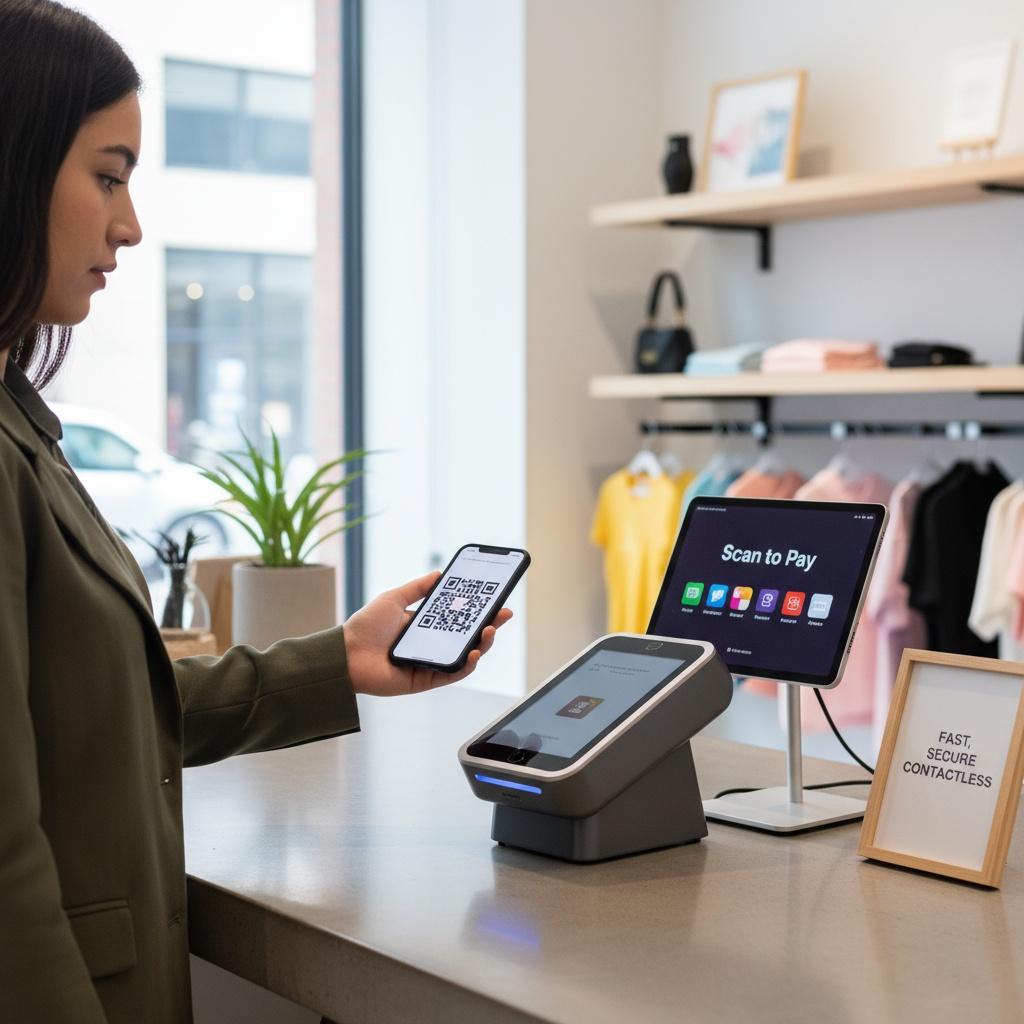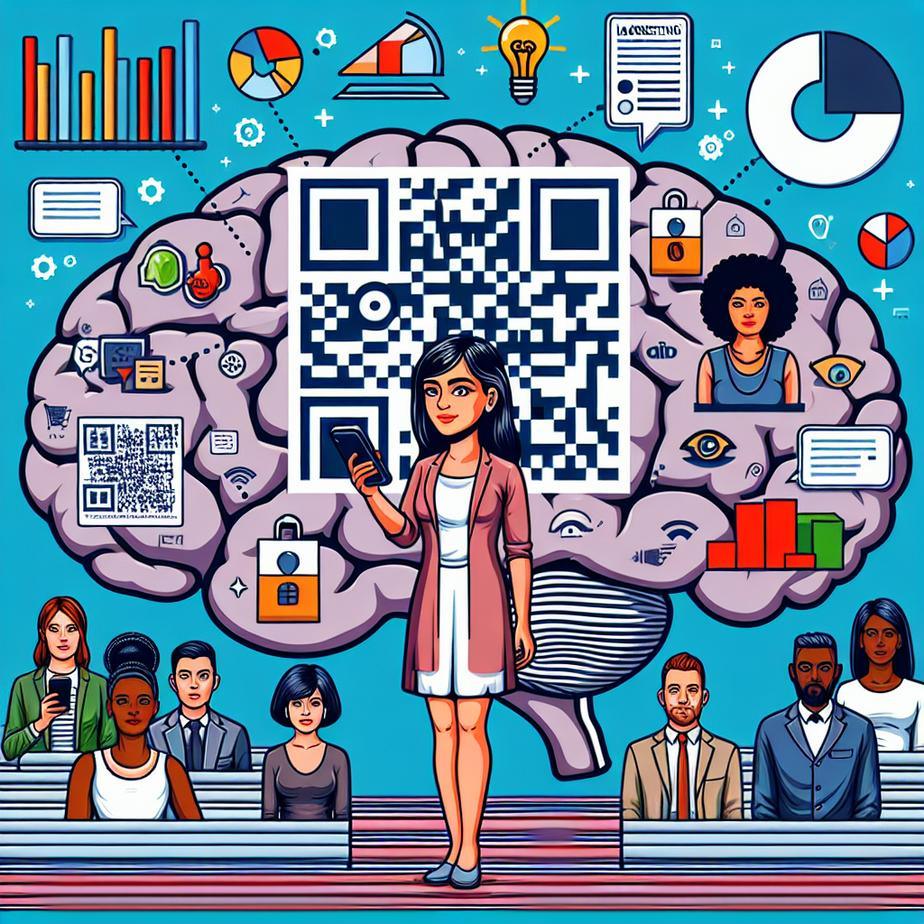

QR codes have rapidly evolved from mere technological novelties to powerful tools in the arsenal of modern marketing strategies. Their ability to seamlessly bridge offline and online experiences has made them indispensable for brands aiming to enhance customer engagement. However, understanding the psychology behind why consumers interact with QR codes reveals key insights that marketers can leverage to optimize campaign effectiveness.
One of the core psychological drivers behind QR code scanning is curiosity. People possess an innate desire to resolve uncertainty—a concept known as the “curiosity gap.” QR codes positioned alongside enticing calls to action such as “Scan to unlock exclusive content” or “Reveal your special offer” play on this urge. This sense of mystery compels consumers to take action to see what lies beyond the code. Neuromarketing research highlights how this approach effectively triggers dopamine release in the brain, enhancing motivation and focus on scanning the code. For brands aiming to harness this effect, it’s vital to pair QR codes with emotionally engaging, reward-based messaging.
Emotional priming works hand-in-hand with curiosity by stimulating feelings that push users toward interaction. Emotional cues like urgency (“Limited time offer!”), exclusivity, and the promise of a personal benefit generate positive anticipation. These psychological motivators are powerful in nudging decision-making and increasing engagement rates, especially when combined with visually appealing QR code placement.
Engagement with QR codes is also heavily influenced by their strategic placement based on visual attention patterns. Studies show that consumers’ eyes follow certain predictable paths—often F-shaped scanning patterns—when viewing print or digital media. Placing QR codes in natural eye resting spots such as the bottom-right or center of a page improves the likelihood of scans. This cognitive ease reduces barriers to engagement by aligning with inherent viewing behaviors, making interaction more intuitive.
Another key psychological aspect is the timing of engagement. Consumers are more receptive during micro-moments of downtime, such as waiting in line or commuting. QR codes, as quick and accessible digital transformation tools, fit perfectly into these brief windows of opportunity. They provide instant access to valuable content or offers, satisfying users’ desire for quick stimulation or information, which reinforces positive brand associations.
Trust plays a subtle but critical role in QR code adoption. Unlike purely online links, physical QR codes convey tangibility and legitimacy, reducing users’ cognitive friction related to digital skepticism. This physical context leverages psychological biases—like automation bias—where consumers are more likely to trust and act upon information embedded in physical media. Businesses that integrate QR codes thoughtfully within printed ads, packaging, or merchandise tap into this trust advantage, thereby enhancing conversion potential.
Beyond trust, QR codes provide businesses with invaluable tracking capabilities that help decode consumer behavior, allowing more personalized and targeted marketing experiences. This data-driven approach aligns with the principles of modern marketing strategies focused on relevance and consumer-centric messaging.
In conclusion, the psychology behind QR code engagement illuminates how marketers can effectively stimulate curiosity, evoke emotional responses, and position QR codes strategically to optimize user interaction. By understanding these psychological dynamics, brands can maximize the impact of QR codes as digital transformation tools that enhance customer experiences and drive business growth.
For those looking to dive deeper into the science of QR code marketing, Adzze’s analysis on neuromarketing and QR codes offers an insightful read. Additionally, exploring the role of QR codes in connecting physical and digital brand experiences at GWI provides a comprehensive perspective on business impact: Why QR Codes Mean Business. Lastly, the psychology behind QR codes explained on QR Cloud synthesizes behavioral science with marketing tactics effectively.